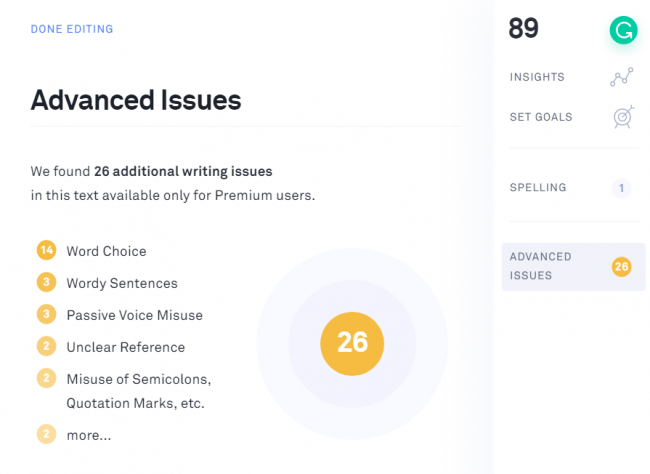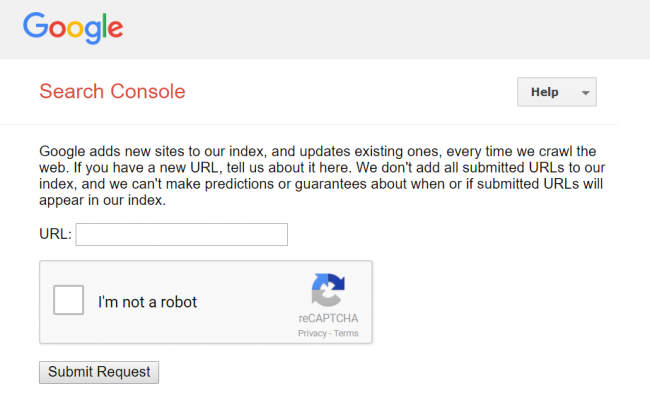
Been putting in all the work and still not getting noticed?
Sadly, you can't just build backlinks to your site and call it a day.
Even after you've poured in hours of research, outreach, content development and everything else in between.
I’ve experienced these hardships firsthand. I also know how exhilarating it can be once your content and backlinks go live.
However, even then, it’s still too early to relax.
Getting backlinks from authoritative websites in your niche isn't easy—but it's still only one piece of the puzzle.
For Google to pay attention to you (and your backlinks), those backlinks need to be indexed.
Backlink indexation is similar to content indexation in SERPs. It means the backlink will be acknowledged and added to a search engine's database, which is the first step to ranking.
In addition to improving the rank worthiness of pages, backlinks also funnel traffic back to your site when posted on a popular blog or online publication.
This means you could be missing out on a huge revenue stream if you utilize link building for lead generation.
That said, making sure your backlinks get indexed as quickly as possible is the least you can do to make sure all your efforts pay off.
Before you panic and shell out cash for a service that promises instant backlink indexing (there's no such thing), there’s one thing you need to know first.
You need to give Google enough time to locate the backlink first, before it can index it. After all, there’s a mind-blowing number of links being created online every single day, and yours is just one of those.
As a rule of thumb, make sure to wait at least one to two weeks before you check the indexation status of your link. Google is pretty good at what it does, and your backlink will usually be indexed within that time.
But until then, review the following checklist to maximize your link’s chance of being indexed faster.
1. Make Sure You Build Links for Relevance
To build links that actually have a fair chance of being indexed quickly, be sure to focus on authoritative websites that are relevant to you. That tells Google that the backlink is legit.
Links aren't supposed to be pasted anywhere willy-nilly. They should be in places where it makes sense to link back to you, and preferably surrounded with useful, relevant content.
This includes popular niche blogs and online publications that accept guest posts.
One of the most lucrative ways to find target sites for relevant backlinks is to analyze your competitors. Look for where your competitors are getting links from, and you'll find sites that you can reach out to for your own link!
2. Surround It with Quality Content
The better the content, the more shares and engagement it’ll get. This will inevitably increase its online reach and make it more likely to be indexed by Google.
Besides, authoritative websites typically have intricate content guidelines that vet their would-be contributors to ensure high quality. And do you know what their editors or content managers really want to see?
That’s right: relevant, engaging and highly polished content.
So if you provide excellent content, you're more likely to get excellent links—and get those links indexed faster.
Fortunately, there are dozens of tools that can help oil up your content development processes from research all the way to proofreading.
Grammarly, for example, is a popular proofreading app that can improve the quality of any post within minutes. It works by highlighting grammatical errors as well as various readability issues, like wordiness and passive writing.

3. Build Tier Two Links
To make the linking content more discoverable by Google, it’s time for some tier two link building.
In a nutshell, second-tier links are links that promote the content that contains the first-tier link. The first-tier link, on the other hand, is the primary backlink that aims to rank the page it points to.
Sound complicated?
To clear things up, let’s say you shared a post that contains the backlink to your site on Facebook. Congratulations, you’ve just created a second-tier link!
Easy, right?
Of course, links built on other websites or blogs also count as tier two. But if you’re on a small budget, it’s best to dedicate guest posts for first-tier links. Social media and relevant, valuable forum comments will do for tier twos.
It’s also a good idea to submit the linking content to Google for indexation, which leads to the next point:
4. Submit to Google
At this point, your backlink should be in a favorable position for indexation. It already has tier two links, quality content and an authoritative publishing source.
As the cherry on top, you should also manually submit your URL to the Google Search Console.
All it takes is three steps to do: Type in the URL, answer the captcha and click “Submit Request.”

Remember, no matter how excellent your content is, it's still under Google's radar until it's crawled. Manually submitting a URL to Google requests for a crawl, which significantly improves your chances of faster indexation.
Conclusion
Link building can be tough, but that’s exactly why it’s so rewarding.
Just remember that not everyone, including top competitors, has the resilience to check the indexation of links. In doing so, you're essentially taking a step further in dominating the search results.










